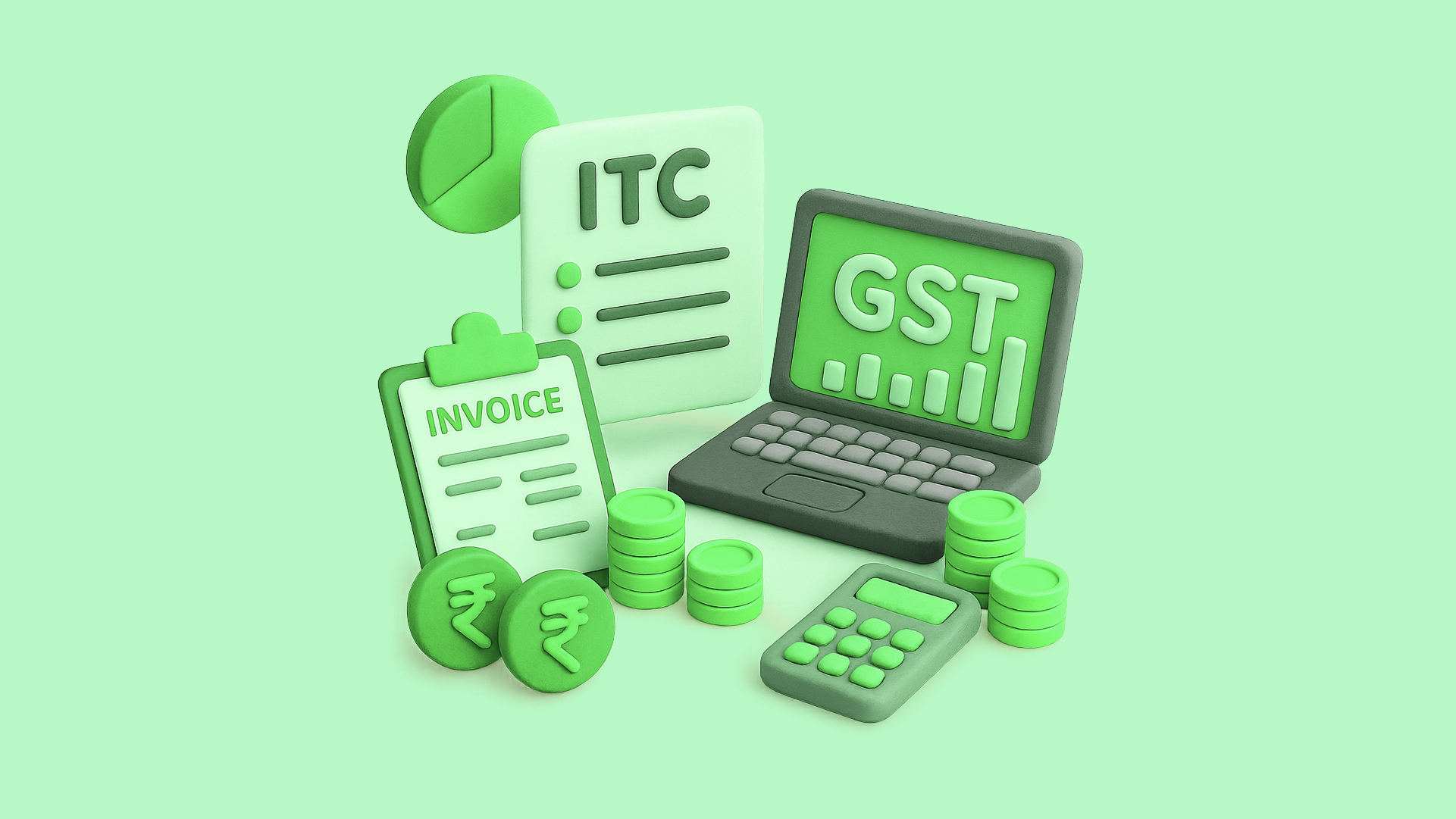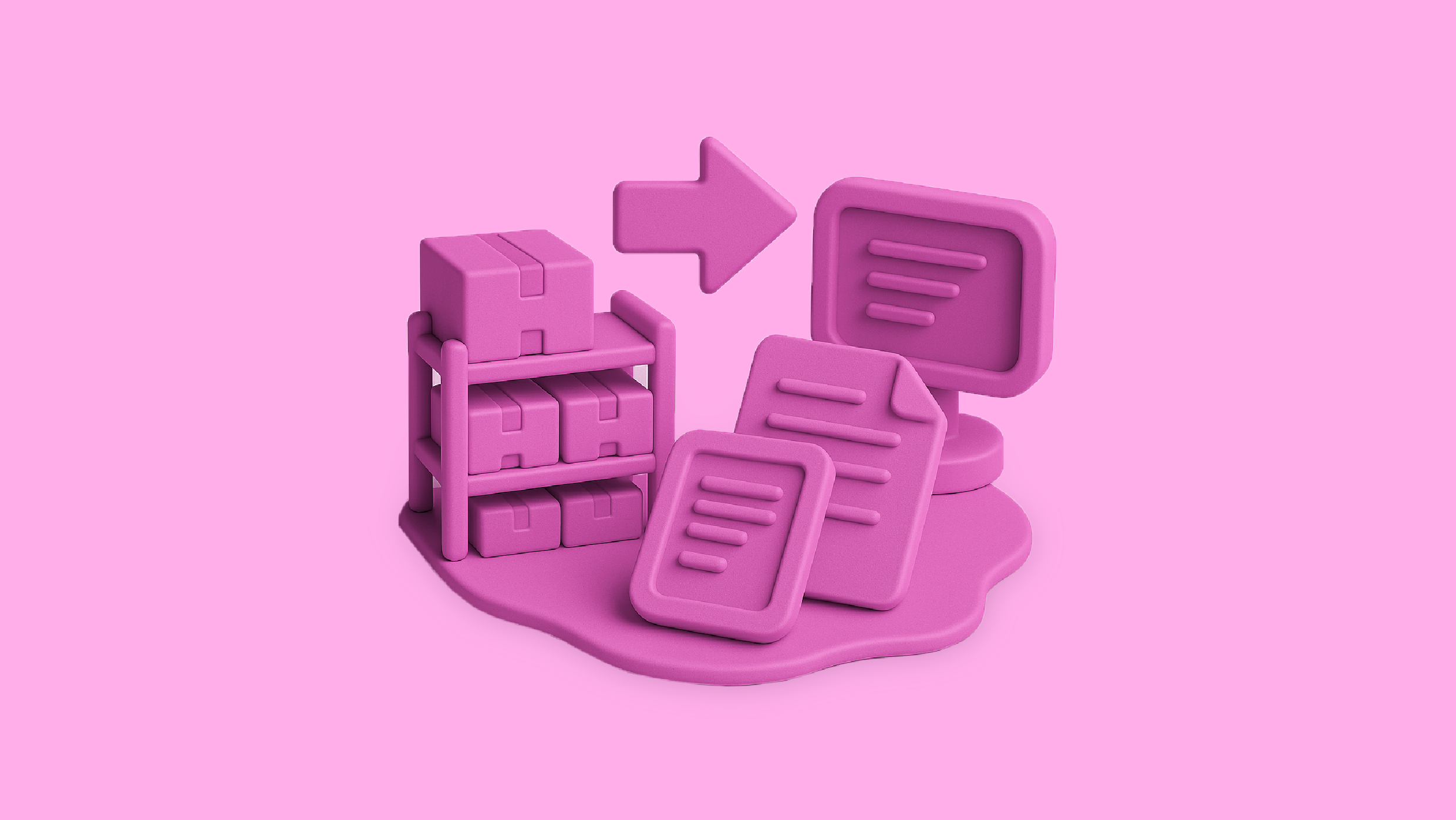For most Chartered Accountants, GST compliance work has become a double-edged sword. On one hand, it’s a steady source of recurring revenue. On the other hand, managing multiple GSTINs, tight filing timelines, and ever-changing rules can leave your practice overwhelmed with manual work.
The answer lies in automation. By building the right workflows, you can free up your team from repetitive tasks, reduce errors, and focus more on advisory. This guide breaks down how to automate GST filing in practice, the benefits of automation in GST compliance, and the tools tax professionals can rely on.
Why Automation is no Longer Optional for GST Work
If you’re still handling GST compliance manually today – downloading GSTR-2B, doing reconciliations in Excel, and pushing data into GSTR-1/3B – chances are you’re spending far too much time on low-value work.
Here’s how automation changes the game for CA firms:
- Accuracy first: Match ITC directly with GSTR-2B every month so your clients never risk wrongful claims.
- Time saved: Generate GSTR-1 and 3B directly from client books or ERP, cutting filing prep time from days to hours.
- Cash flow visibility: Spot ITC gaps early, so your clients aren’t surprised with shortfalls at the end of the month or quarter.
- Scalability: Whether you manage 5 GSTINs or 500, the process remains the same, because automation doesn’t break under volume.
- Client trust: Timely filings, fewer notices, and proactive reporting go a long way in strengthening client relationships.
Breaking Down the GST Workflow: What to Automate
1. Client setup & controls
- Standardise GSTIN master data, user roles (maker-checker), and due date calendars.
- Enable secure access – 2FA and audit logs are a must.
2. Sales data → GSTR-1 / IFF
- Auto-pull invoices from Tally, SAP, Zoho, or other ERPs.
- For QRMP clients, schedule monthly PMT-06 payments and push B2B invoices via IFF.
- Auto-prepare GSTR-1 with minimal manual intervention.
3. Purchases → GSTR-2B reconciliation
- Fetch GSTR-2B directly from the portal.
- Auto-match with the purchase register to identify mismatches, ineligible ITC, or missing supplier filings.
- Generate vendor compliance reports for clients.
4. Monthly/Quarterly GSTR-3B
- Prefill GSTR-3B using reconciled ITC and outward supply data.
- Automate RCM tracking and GST interest/late fee calculations.
- Implement a maker-checker flow for partner-level assurance.
5. E-Invoicing & E-Way bills (where applicable)
- Auto-generate IRNs, QR codes, and e-way bills.
- Sync acknowledgments back to books for reconciliation.
6. Annual returns (GSTR-9 & 9C)
- Standardise reconciliations at year-end.
- Automate 9/9C draft generation, keeping in mind self-certification requirements post-2020- 21.
7. Notice management
- Centralise all notices in one dashboard.
- Track due dates, assign ownership, and maintain ready-to-use reply templates.
A practical 90-day roadmap for CAs
Phase 1 (0–30 days):
- Pilot with a few GSTINs.
- Automate GSTR-2B reconciliation and GSTR-1/3B preparation.
Phase 2 (31–60 days):
- Add e-invoicing and e-way bill workflows.
- Roll out dashboards for filing status and ITC trends.
Phase 3 (61–90 days):
- Implement annual return automation and notice management.
- Create firm-wide SOPs and standardised review checklists.
Tools for GST Automation for Tax Professionals
When evaluating tools, focus on these capabilities:
- Data integration: Direct connectors for ERPs like Tally, SAP, Oracle, and Zoho.
- Portal automation: Fetching GSTR-2B, filing GSTR-1/GSTR-3B, generating IRNs/EWBs.
- Reconciliation engines: ITC matching, vendor compliance, exception reports.
- Workflow management: Maker-checker, audit logs, and document storage.
- Analytics: Filing trackers, ITC utilisation dashboards, client/vendor scorecards.
- Security: Encryption, role-based access, and data residency.
Optotax by OPEN combines many of these capabilities into one place. So instead of stitching together multiple solutions, CAs can manage reconciliation, return filing, notices, and reporting on a single dashboard.
The CA’s Advantage with GST Automation
Automation doesn’t replace professional judgment – it enhances it. Instead of firefighting mismatches and chasing invoices at the last minute, your team can spend time on:
- Advisory on ITC planning
- Cash flow forecasting
- Client education on vendor compliance
- Higher-value engagements like structuring and litigation support
When your compliance engine runs on automation, your practice scales without adding headcount, and clients see you as more than just a filing partner.
Final Word
If you’ve been wondering how to automate GST filing for your clients, the answer lies in taking it one step at a time: start with GSTR-2B reconciliation, then layer return preparation, e-invoicing, and notice management. Within a few months, you’ll see the benefits, fewer errors, smoother filings, and happier clients.
And if you’d rather not reinvent the wheel, tools built specifically for CAs – like Optotax – can give you a ready framework to scale your GST practice without adding headcount.





